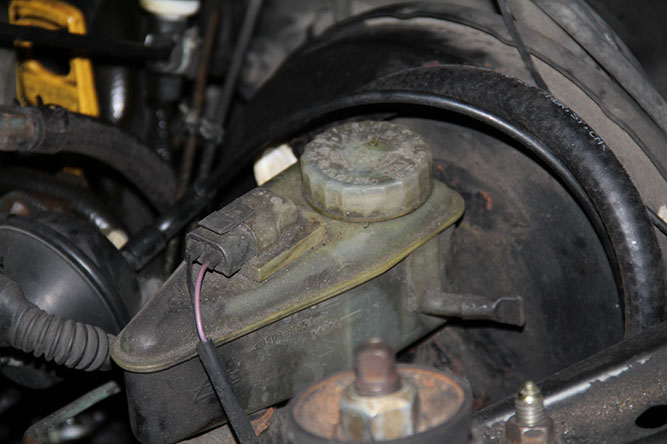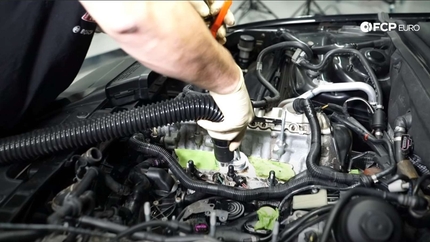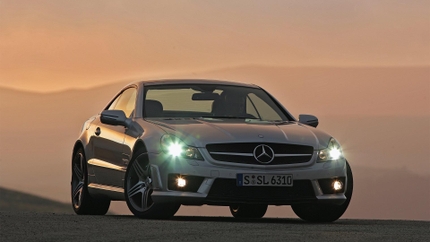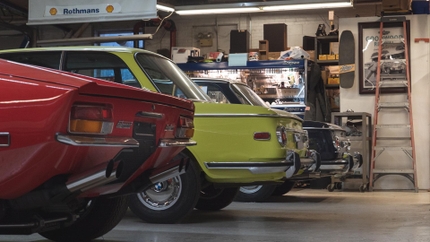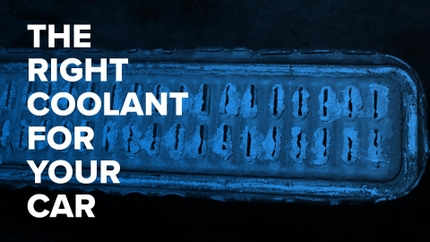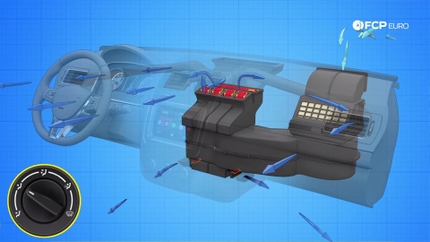- 12/15/2021
- 4 Min Read
- By: Tim Wong
How To Diagnose, Rebuild, And Refresh Brake Caliper Pistons On Your Car
When a car sits outside for an extended period, it's good to follow a list of things to check and/or repair. I have grown fond of my Volvo for being able to start up after lying dormant for a long time, but there is one component that always seems to need attention—the brakes.
If the brakes are corroded, most of the time, you can simply take your car for a short spin, and the accumulated rust will be worn off. The action of actuating the brakes a few times can be enough to get them going again. However, for cars over two decades old, that may not be the case.
Additionally, there's the brake fluid itself. If you don’t regularly flush your brake fluid, moisture will accumulate in it. As water is denser than oil (or brake fluid), the moisture will always collect at the lowest point of the braking system—the calipers. If your car is constantly in use, the movement of the piston reduces the rate of rust accumulation. Still, given enough time, your caliper piston will seize.
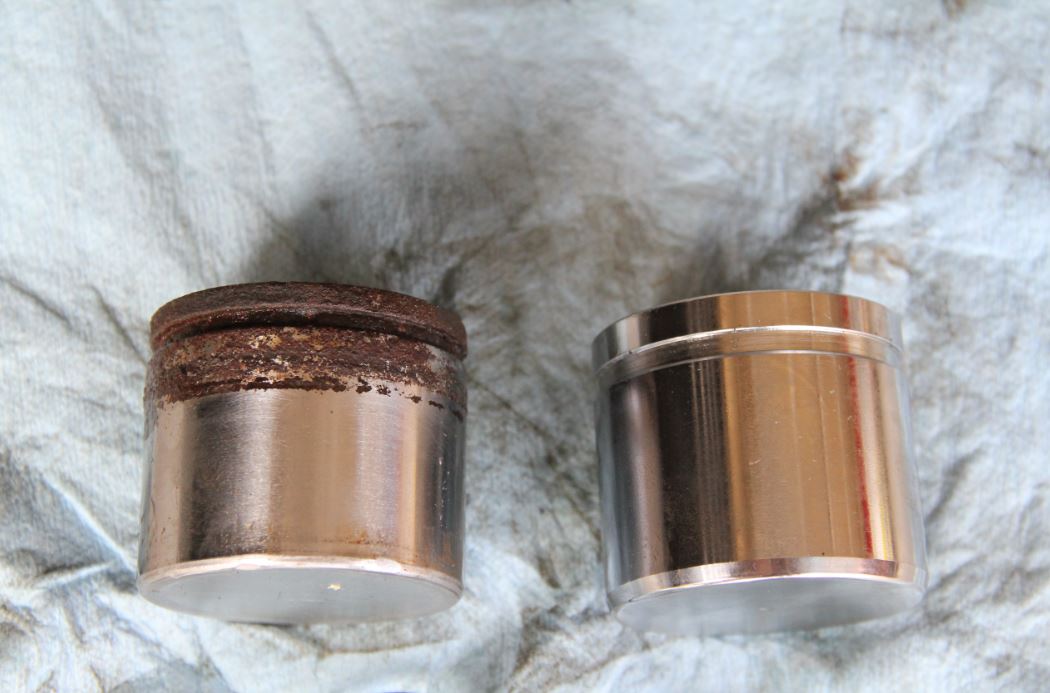
Symptoms of failing or corroded brake calipers
-
Leaking brake fluid
-
The feeling of a stuck brake
-
Grinding/squeaking sounds
-
Reduction in braking ability
-
Vehicle pulling to one side while braking
Leaking brake fluid
If your vehicle sits for long periods of time or is doesn't have regular maintenance performed on the brakes, you might notice that you develop leaks from the brake calipers. This is due to corrosion developing around where the seal sits between the brake caliper cylinder and piston. With corrosion, the seal doesn't seal completely, allowing brake fluid to leak past it.
The feeling of a stuck brake
If the corrosion between your brake caliper piston and the caliper cylinder is let to go long enough, they can actually bind together. When this happens, the piston can't properly retract back into the cylinder, causing that brake pad to constantly be in contact with the rotor. Some warning signs of this are a grinding noise when not applying the brakes. In extreme cases, you might even notice a reduction in fuel economy. If you're experiencing this, we suggest inspecting your brakes immediately.
Grinding/squeaking when braking
A stuck piston can make all kinds of sounds, some of which can be described as "squeaking" or "grinding." Other sounds that might occur can be loud thuds or clunks. Sometimes these sounds are from worn brake pads or rotors, but can also be due to a stuck piston.
Reduction in braking ability
When your brake pistons are getting stuck due to corrosion, there's a good chance that your braking performance will suffer. At the very least, your calipers aren't operating at their full potential. In a worst-case scenario, your brake caliper won't function at all. If that's the case, you're relying on the other corner's brake to stop your car. If you're noticing reduced braking performance, you should inspect your brakes immediately.
Vehicle pulling to one side while braking
This goes hand in hand with the point above. If one brake caliper is functioning optimally and the other isn't, then you will probably experience pulling to one side or the other when braking. This will be very noticeable when slowing from highway speeds when getting off a ramp, for instance. Again, if you're experiencing this, it should be addressed immediately.
Rebuild or replace the caliper?
You have two options: rebuild the caliper, or, replace the caliper. I had bought a replacement caliper, but after finding that my brake hose was rusted in place on the caliper, and not wanting to go through the ordeal or replacing a brake line, and potentially re-bend and re-flare a hard line, I decided to rebuild the caliper while on the vehicle. In fact, I think this might actually be the preferred way to rebuild brake calipers as it does not need you to supply an appropriate way to build pressure to remove the piston as it's already in the car.
If you plan to completely restore your calipers, however, I recommend removing them entirely from the car. This way, you can remove the years of corrosion and repaint them so that they look like new.
Note: Always replace caliper pistons in left and right-side pairs. Failure to do so may cause your car to brake unevenly left-to-right, not something you want to happen during a panic stop.
Tools needed to rebuild brake caliper pistons
Parts needed to rebuild brake caliper pistons
Since this guide applies to all cars with disc brakes, the exact parts needed will depend on your make/model of vehicle. Use the "My Garage" tool on the top left of our website to select your vehicle to ensure you purchase the correct parts.
- New Brake Fluid
- Brake Cleaner
- Brake Caliper Grease
- 2x Brake Caliper Pistons
- 2x Brake Caliper Piston Seals
Steps to rebuild brake caliper pistons
This guide directly applies to my Volvo; however, the process will be similar on nearly all cars with disc brakes.
Step 1: Remove brake pads & secure brake caliper piston
Remove your Brake pads from the vehicle. I assume you should know how to do this, but if not, you can find some links and videos of how to do so on our YouTube. You’ll want to keep one bolt holding the caliper clamshell in place, so you’re not dangling it by the brake hose. You could also remove it and secure it with zip ties or a coat hanger.
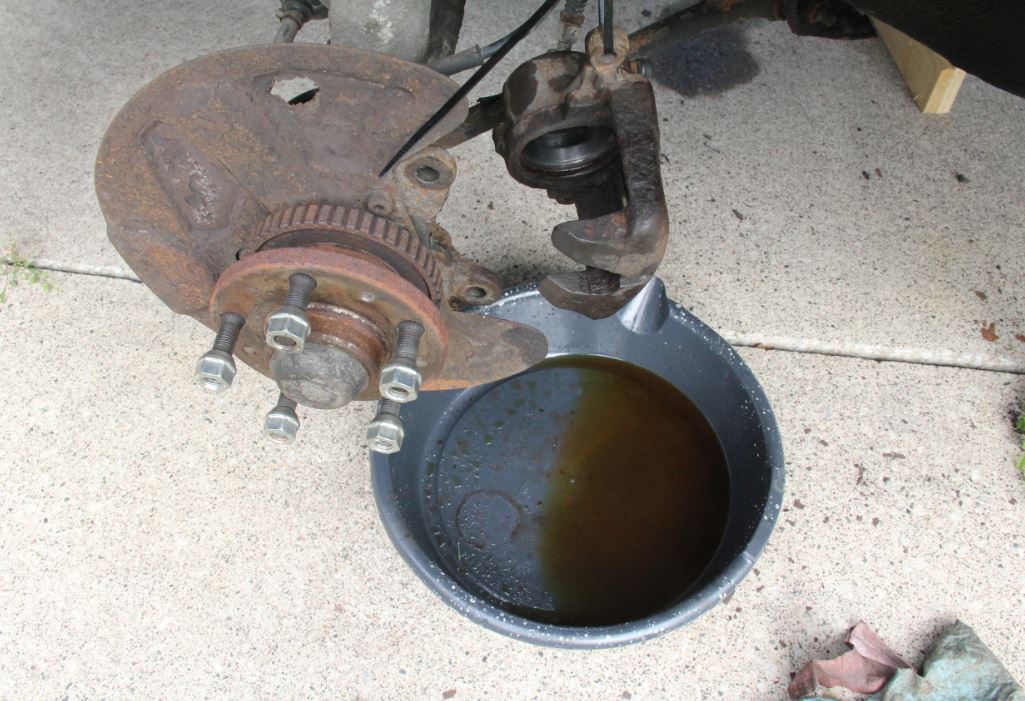
Step 2: Remove the caliper piston
When you go on YouTube and search up how to remove caliper pistons, you usually see the videos where the mechanics use compressed air. Let me tell you that compressed air is not going to release rusted-in caliper pistons. You don't even need fancy hydraulic rigs with 10,000 PSI of pressure.
What you need is the tool already provided on your car: the brakes. Yes, you’re using the brakes to fix the brakes.
For single-piston calipers, the task is simple. Make sure that all of your other brakes have not been removed and are in their installed position. Also, ensure that the caliper you’re working on doesn't have leaks and that the bleeder screw is fully closed.
Pump your brake pedal slowly a few times, and hop out of your car to check on the caliper. By repeating this process, you will be able to see the piston peeking out of the caliper. As long as you are going slowly enough, you should not worry about the piston shooting out like a mortar shell. Also, keep an eye on the brake fluid level, making sure you can at least see fluid in the reservoir. Remember that this will all drain out once you finish the job.
For badly stuck pistons, you may need to stomp on the brakes with more force than you expect. If your pedal suddenly falls to the floor, that indicates you have released the piston.
Note: For calipers with opposing pistons, you will need to use the C-clamp as well as a small piece of wood to counter-hold the opposing piston. You can only remove one piston at a time.

Step 3: Clean piston and caliper bore thoroughly
Take some sandpaper and smooth down the rusted edges of the caliper bore. I found that the rust accumulated around the seat of the boot. You’ll want to use relatively fine sandpaper, no more than 400 grit. You can also use a wire wheel on a Dremel to do the same job. Make sure you also clean out any channels and seats for seals.
Step 4: Clean the brake caliper
Now that you have smoothed the bore of any rust, clean it well with the brake cleaner so that there aren't any remnants of sandpaper or metal that may work its way between the seal and the bore.
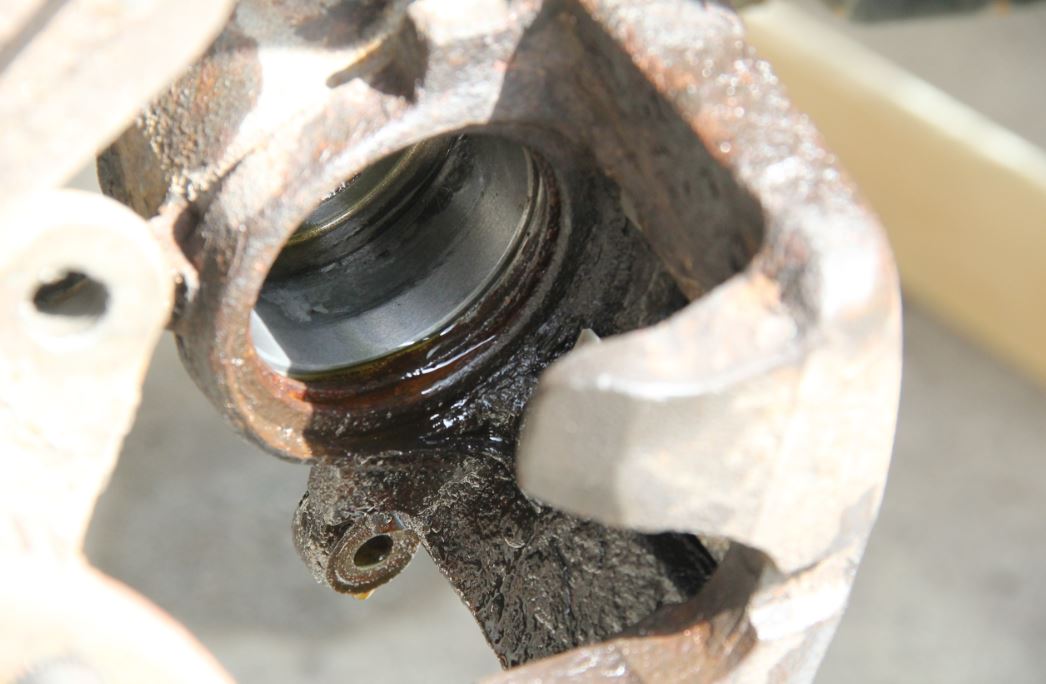
Step 5: Install new pistons
Before installing the piston, make sure you have the right parts. If you can, use a pair of calipers and measure the bore to ensure they match. Otherwise, you can just place them side-by-side and eyeball it.
Using your brake caliper grease, grease up all the rubber components. Gently, but evenly, press the pistons into the bore, also seating the dust seals. If the dust seals are not seated in their groove, you may not be able to press in the piston. This entirely depends on the design of your calipers. Other types of dust seals held in by C-clips make it infinitely easier to install and remove. Be careful not to pinch any of the seals and use liberal amounts of grease.
If your dust seal is held in by a c-clip, just pop it back on, and you’re in business.
Compress the piston into its bore fully, and prepare the caliper for installation. You should not need more than the force of your fingers to press the piston in.
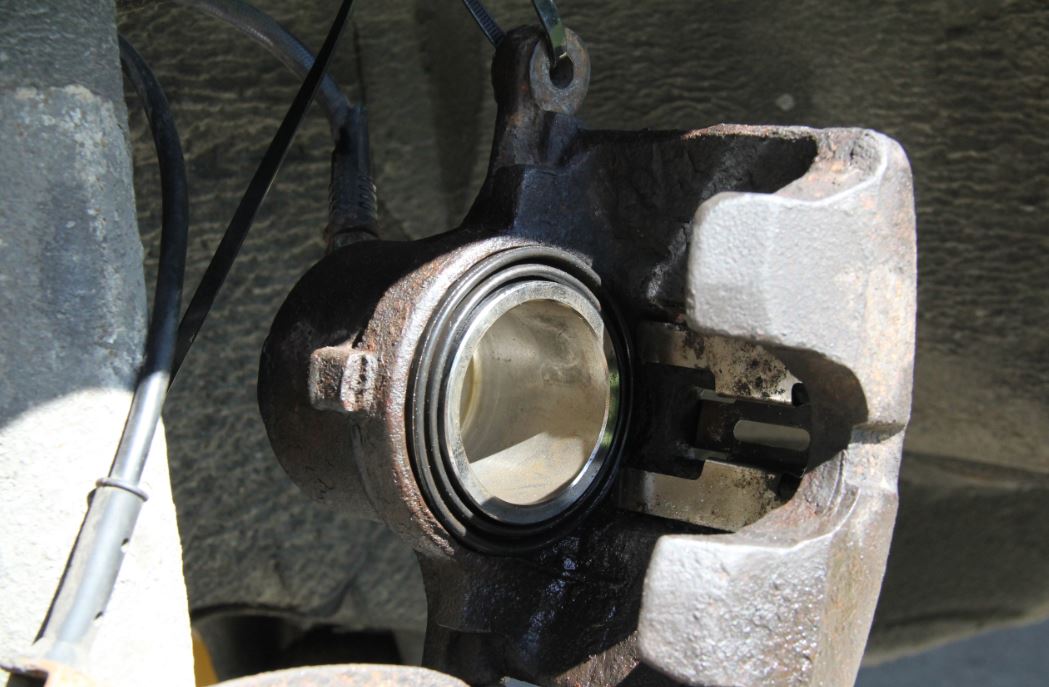
Step 6: Finish installation
Once you’ve wrapped up the installation of new pistons, reinstall the brake pads, and calipers, making sure to apply caliper grease in all needed areas.
Bleed the brake system to remove any air bubbles, and put your wheels back on. If you’ve followed these instructions carefully, you’ll now be happy to know that your brakes will last you a number of years. For preventative maintenance, bleed your brake fluid every year. Sit back, relax, and happy braking.
If you don't want to bleed the brakes manually, you can use a pressure bleeder. We highly recommend them when performing a brake fluid fill or flush alone.
